Discover more download our brochure
Our brochures are in .pdf format and available to read digitally, if you would like a printed copy please don't hesitate to get in touch with our friendly customer service team.
In stock Product code: A5120
Select country for delivery
Including VAT :
| from | Unit price (Inc. VAT) |
|---|
Free delivery:
Nova Poshta (3 - 7 days)
ALL-IN-ONE Model ES is a charging station that is equipped with an innovative LiFePO4 battery with a capacity of 5120 Wh and a pure sine wave inverter with a power of 4200 W. The incredible power provided by the Model ES allows you to power a variety of devices such as a laptop, refrigerator, TV, air conditioner, power tools and more. Thanks to its design, it is easy to move around the room, so you can take it with you wherever you go.
One of the main advantages of Model ES is fast charging. You can charge the station from the mains in a matter of hours, and also use solar panels to restore energy.
HATCAT pays special attention to the security of its devices. Model ES is equipped with a multi-stage protection system that ensures safe operation. You can rest assured that your electronics will be safe when using this charging station.
Make a deal at once with a 5% discount and take away the gift
1) Power Station ALL-IN-ONE Model ES, 5120Wh, 4200W 1700 € 1615 €
2) Battery module Model B, 5120Wh, LiFePO4 1000 € 950 €
3) Connecting cable for extra battery Extra Battery Link Cable 100 € 0 €
Key Features of Our Hybrid System
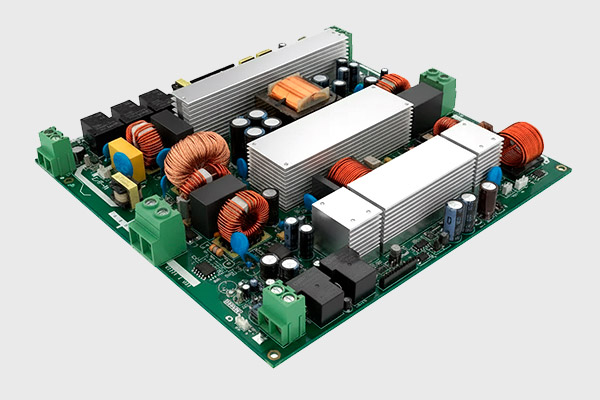
Nominal 4.2kW
We installed a 6.2 kW inverter, which guarantees a gentle operating mode for components even at 100% of the 4.2 kW load. This provides a large safety margin and minimal system heating.
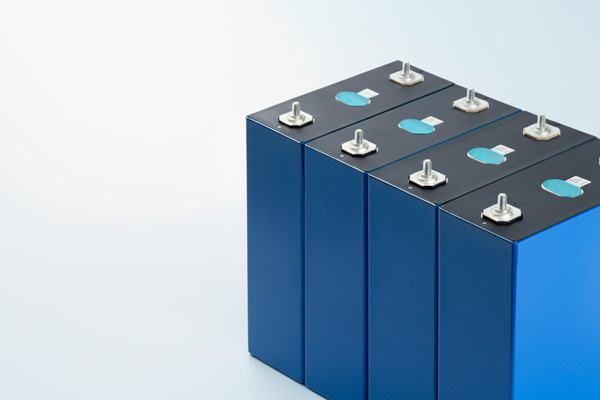
100 Ah, 51.2V, Class A
This charging station is built on the highest Class A lithium iron phosphate (LiFePO4) battery cells, guaranteeing durability, stable performance, and the highest level of safety.

Direct connection of solar panels. No external PV microcontroller required. MPPT controller power is 6200 W. High input voltage range for PV (60~500 VDC)

Ability to separate loads into critical / non-critical. Automatic disconnection of the outlet / terminal with non-priority loads after reaching a set battery discharge level (optional).
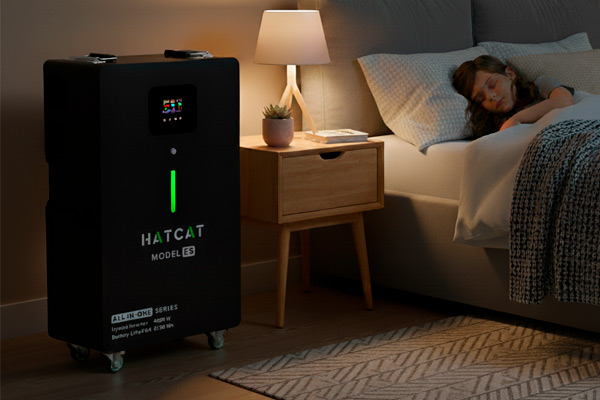
System fans turn on at minimum speed only when needed, ensuring absolute silence most of the time. As the temperature rises, the system automatically and smoothly increases the speed, providing instant and effective cooling without excessive noise.

from the electrical panel
from the wall socket
The station supports fast charging, allowing for quick replenishment of energy reserves during outages. The user can set the power: up to 3530 W (60 A DC) when powered from a standard household socket, or increase it to 6000 W (100 A DC) when connected to the electrical panel. The maximum charging speed of up to 120 A DC is achieved by combining power from the electrical panel and simultaneous connection of solar panels.
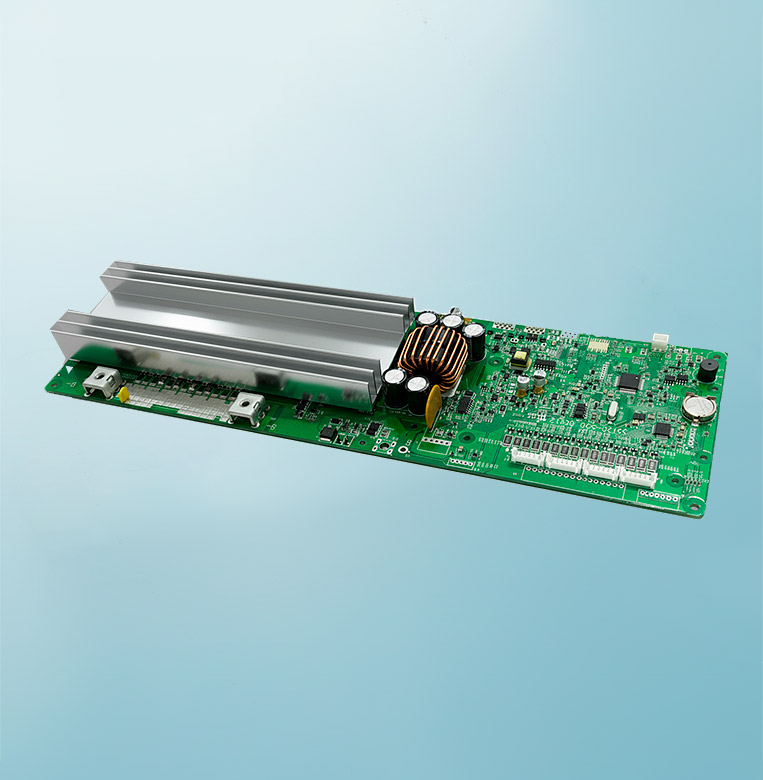
When it comes to the heart of our charging stations and battery modules—the Battery Management System (BMS)—only the highest standards matter to us. That is why, instead of common JBD or JK solutions, we consciously chose a different, more reliable path.
Why PACE specifically? This manufacturer has over 20 years of experience and has become a true "gold standard" in the industry, confirmed by dozens of technological patents.
Here are the key reasons why we selected this particular BMS:
When installing our equipment, you can be confident that its "brain" is one of the best on the market.
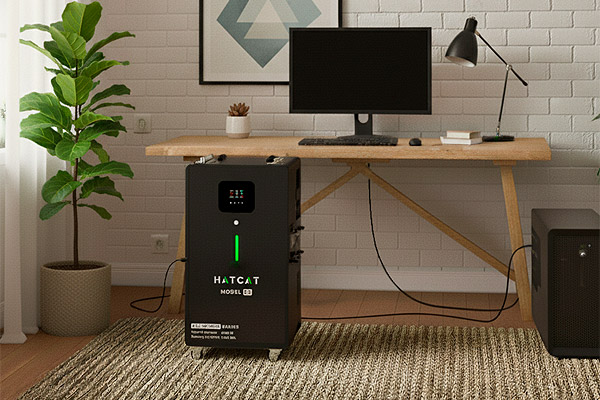
≤ 10 ms
Thanks to UPS mode, in case of a power outage, the station switches to battery in just 10 ms. This is so fast that your computer, Wi-Fi router, or gaming console will continue to operate without interruption.

The charging station is capable of briefly delivering an output power of up to 7630 W in Boost mode. This is critically important because devices with motors, such as refrigerators, vacuum cleaners, or air conditioners, temporarily consume significantly more energy when starting up than during normal operation.
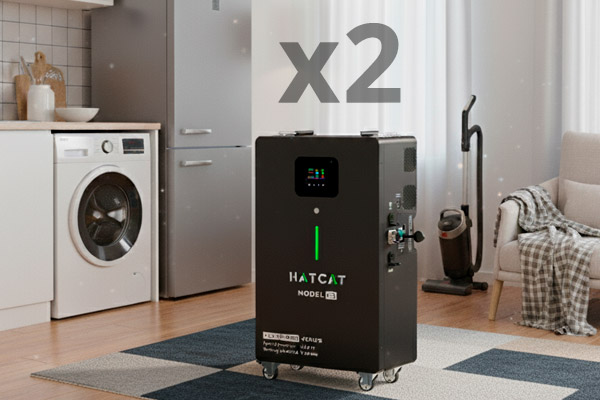
HATCAT Model ES provides dual output power in off-grid mode. Load energy is supplied simultaneously from the battery and the solar panels. This technical solution guarantees maximum available power and stable supply during outages.
Whole apartment or house connection

Charging from a household socket
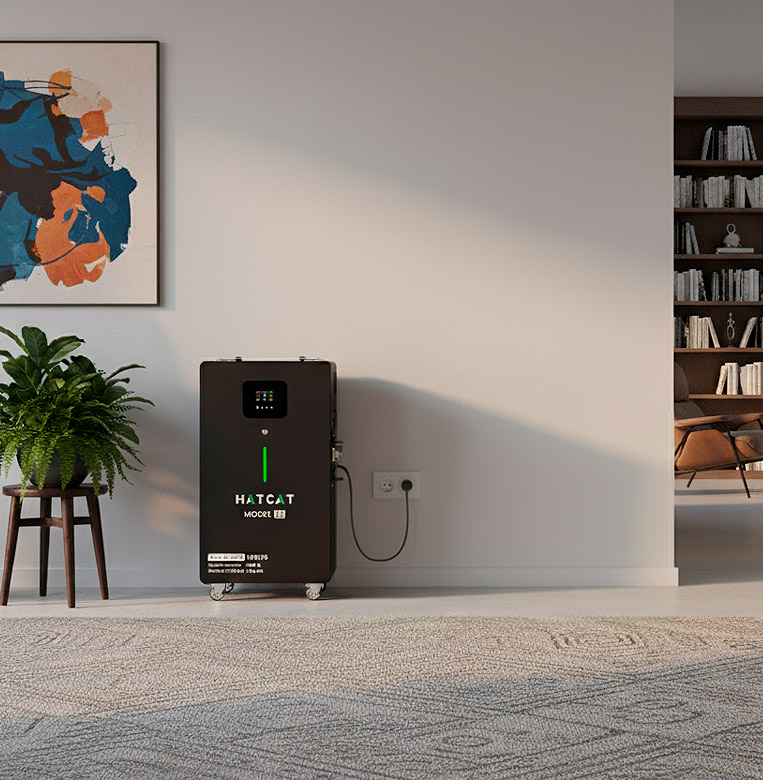
Double your power station's capacity to 10,240 Wh by simply connecting the Model B battery module.
Thanks to the universal Extra Battery Link Cable, the connection is quick and easy, with just one simple movement.
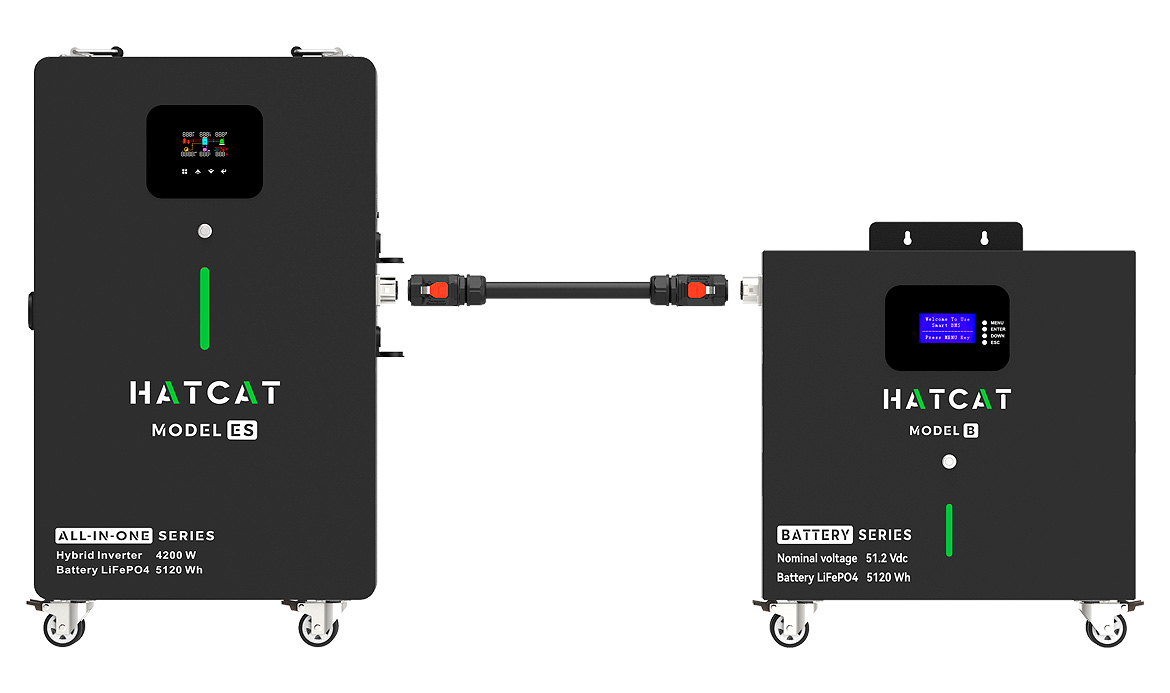
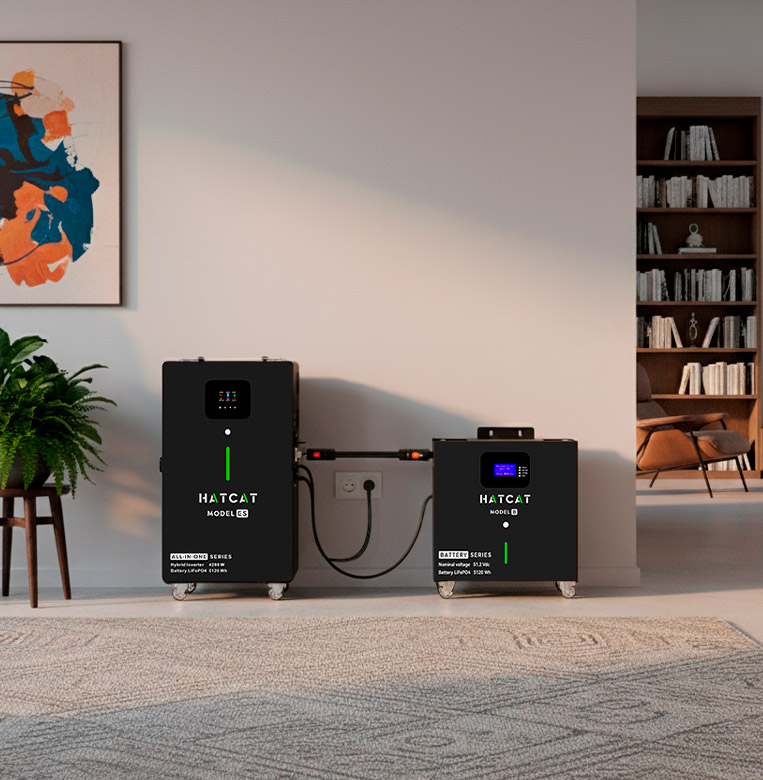

Capacity
5120 Wh
100 Ah
Battery cell technology
Lithium Iron Phosphate
LFP (LiFePO4), Class A
AC output
220 / 230 / 240 V, 50 / 60 Hz
2 outlets: 16 A / 3600 W (Max.)
2 terminals: 18.2 A / 4200 W (Max.)
Pure sine wave
Operating performance
Total output power: 4,200 W
Boost mode:
− up to 7,630 W (3 sec)
− up to 6,300 W (5 sec)
− up to 4,490 W (30 sec)
Input for solar panels
Nominal operating voltage: 360 VDC
PV input voltage range: 60 - 450 VDC
Start-up voltage / Initial Feeding Voltage:
– 60 VDC / 90 VDC (for Grid-off mode)
– 90 VDC / 120 VDC (for Hybrid mode)
Vmax PV: 500 VDC
Imax PV: 22 A
Maximum PV input power: 6200 W
Grid-tie Mode Support2
AC input
Acceptable input voltage range:
− 90 - 280 V (APL mode, transfer time 20 ms)
− 170 - 280 V (UPS mode, transfer time 10 ms)
Maximum input current / power:
− 16 A / 3680 W (powered from outlet via AC cable)
− 40 A / 7850 W (powered from electrical panel)
Input frequency range: 50±1Hz / 60±1Hz
Internet connection WiFi 2.4 GHz (optional)
Additional battery support Yes. Battery module Model B, 5120 Wh
Protective functions
− The integrated professional Smart BMS ensures intelligent control and balancing of each individual battery cell, as well as providing protection against short circuits, overvoltage, overheating, overcharging, undervoltage, and overload.
− Metal fireproof housing
− 125A circuit breaker for battery protection
− Input voltage fuse
Additional functions
Wheels for movement (removable)
Simple connection of the entire apartment to terminals
Electricity generation back to the grid (sales)2
Ability to disconnect non-critical loads and reserve power for critical loads
Display and LED-indications
Battery Life Cycle
6000+ cycles,
with >70% SoH capacity retention1
Operating conditions
Discharge temperature: -20 °C ~ 55 °C
Charging temperature: 0 °C ~ 55 °C
Storage temperature: -10 °C ~ 40 °C
Humidity: 10% to 90% (non-condensing)
How to connect to the grid
Via terminal block (AC-IN):
− to the electrical panel via power cables
− to the socket via AC cable
Type of load connection to the station
2 plugs
2 sockets
Dimensions
Charging station: 701 x 441 x 231 mm
Cartoon: 800 x 530 x 340 mm
Safety certificates CE, IEC 62619-2017, EMC, MSDS, UN38.3
Weight 59 kg (net), 61,7 kg (gross)
Delivery set
− Power Station
− AC Power Cable
− User Manual
1 The battery retains >70% of its initial capacity after 6000 cycles at: charge/discharge current of 0.5C/0.5C, an ambient temperature of 25°C, and a maximum depth of discharge of 80% DoD.
2 The power station can operate in hybrid mode. Solar energy will primarily power the loads, with battery charging as the secondary priority. Excess energy will be fed back into the grid. Attention! This mode requires a bidirectional meter and an available special tariff from the energy provider.
3 We provide free shipping on purchases. However, in the case of a return of goods of proper quality, you will be refunded the full cost of the goods minus the actual logistics costs that Hatcat OÜ incurred for the initial delivery of the order to you.